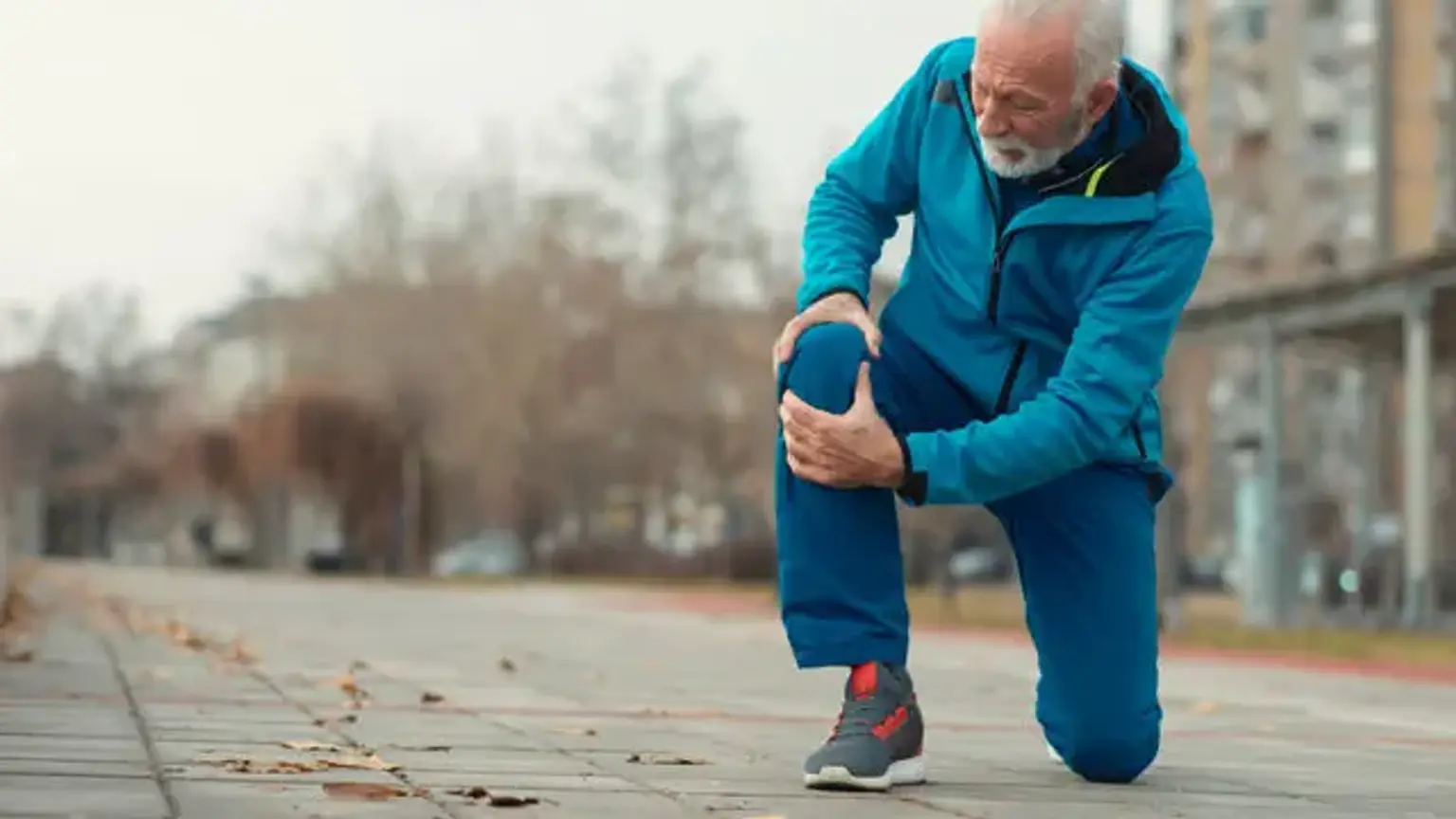Introduction
Total knee replacement (TKR), also known as knee arthroplasty, is a highly effective surgical procedure designed to relieve pain and improve function in individuals with severe knee joint damage. This surgery involves removing the damaged portions of the knee and replacing them with an artificial joint (prosthesis). Total knee replacement is commonly performed for patients suffering from conditions like osteoarthritis, rheumatoid arthritis, and other forms of knee joint degeneration. It has become one of the most common orthopedic surgeries worldwide due to its significant benefits in restoring mobility and alleviating pain.
Over the years, TKR has evolved into a minimally invasive procedure, with modern techniques allowing for quicker recovery times and more precise outcomes. Whether performed through traditional or minimally invasive methods, knee replacement surgery can drastically improve a patient’s quality of life, allowing them to return to everyday activities with greater ease and comfort.
Who is a Candidate for Total Knee Replacement?
Total knee replacement is typically recommended when conservative treatments, such as physical therapy, medication, and lifestyle changes, no longer alleviate knee pain or improve function. Candidates for TKR often suffer from severe knee pain, stiffness, and limited mobility due to degenerative conditions like osteoarthritis, which causes the cartilage in the knee to break down over time. Other conditions, such as rheumatoid arthritis, post-traumatic arthritis, and knee deformities, may also make TKR necessary.
The ideal candidate for TKR is generally someone who:
Experiences significant knee pain that limits daily activities (walking, climbing stairs, etc.).
Has joint degeneration that affects knee function.
Has not found relief through nonsurgical treatments.
Age is not necessarily a barrier, as patients of all ages can benefit from TKR, though younger, more active individuals may be considered for different types of implants or procedures like partial knee replacement if they have less extensive joint damage.
